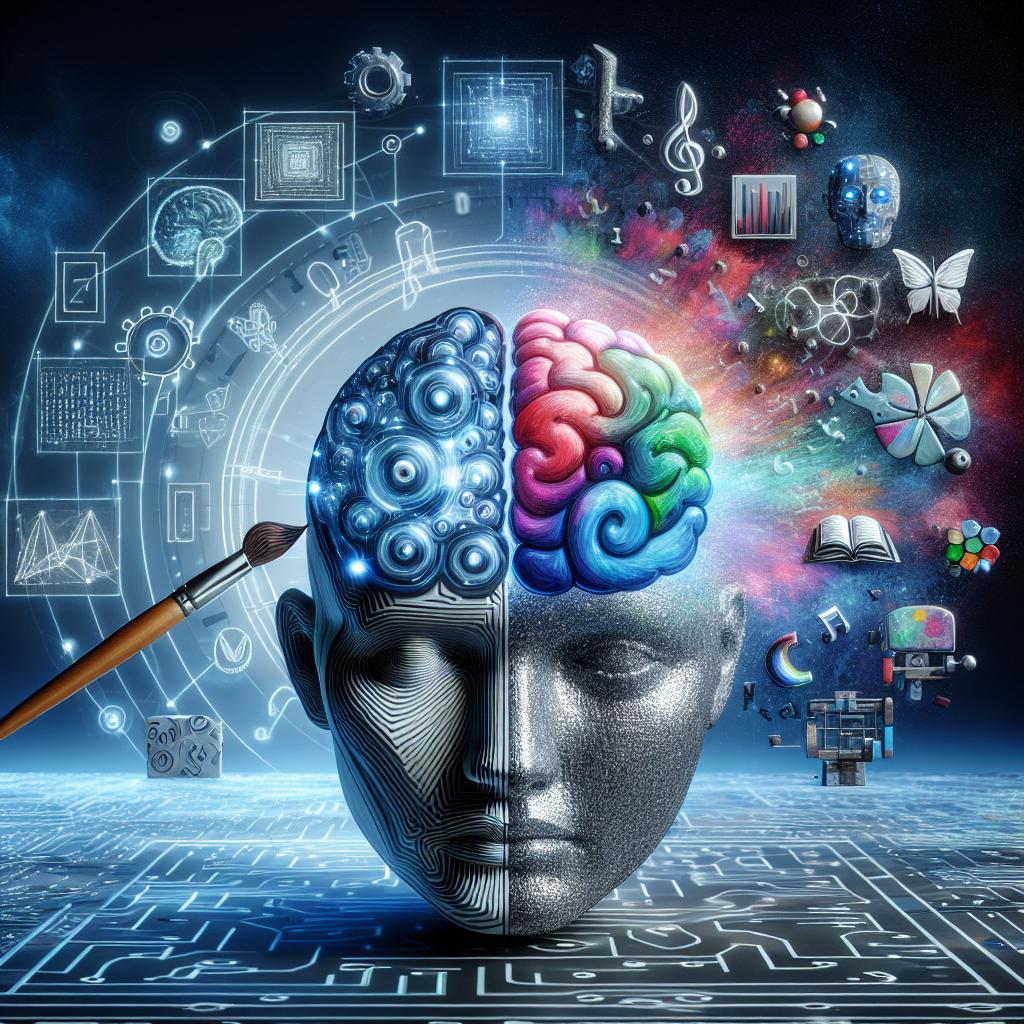The Intersection of Generative AI and Creativity
Artificial intelligence (AI) has made significant advancements in recent years, and one of the most exciting applications of AI technology is in the field of creativity. Generative AI, in particular, has emerged as a powerful tool for artists, musicians, writers, and designers to explore new possibilities and push the boundaries of their creativity.
Generative AI refers to AI systems that can create new content, such as images, music, text, or even entire works of art, without direct human input. These systems are trained on large datasets of existing creative works, and then use algorithms to generate new content that mimics the style and characteristics of the training data.
One of the key benefits of generative AI is its ability to help artists break out of creative ruts and explore new ideas. By providing a source of inspiration and generating new possibilities, generative AI can help artists overcome creative blocks and spark new avenues of creativity.
Generative AI can also be used to automate certain aspects of the creative process, such as generating rough sketches or drafts that artists can then refine and develop further. This can help artists save time and energy, allowing them to focus on the more challenging and rewarding aspects of their work.
In the field of music, generative AI has been used to create new compositions and explore new musical styles. By training AI models on large datasets of existing music, researchers and musicians have been able to generate new melodies, harmonies, and rhythms that push the boundaries of traditional music composition.
Similarly, in the field of visual arts, generative AI has been used to create new works of art that challenge our perceptions of what is possible. By training AI models on large datasets of paintings, sculptures, and other visual art forms, artists and designers have been able to generate new images, textures, and forms that blur the line between human and machine creativity.
Generative AI has also been used in the field of literature and storytelling, where it has been used to generate new texts, poems, and stories that push the boundaries of traditional narrative forms. By training AI models on large datasets of written works, researchers and writers have been able to generate new plots, characters, and dialogues that challenge our notions of storytelling and creativity.
Overall, the intersection of generative AI and creativity holds immense potential for artists, musicians, writers, and designers to explore new possibilities and push the boundaries of their craft. By harnessing the power of AI technology, creative professionals can unlock new levels of creativity and innovation that were previously unimaginable.
FAQs:
Q: How does generative AI work?
A: Generative AI works by training AI models on large datasets of existing creative works, such as images, music, text, or art. The models then use algorithms to generate new content that mimics the style and characteristics of the training data.
Q: Can generative AI replace human creativity?
A: While generative AI can assist and inspire human creativity, it is unlikely to completely replace human creativity. AI lacks the emotional depth, intuition, and subjective experiences that are essential to human creativity.
Q: How can artists and creatives benefit from generative AI?
A: Artists and creatives can benefit from generative AI by using it as a source of inspiration, a tool for generating new ideas, and a way to automate certain aspects of the creative process. Generative AI can help artists overcome creative blocks and explore new possibilities.
Q: Are there any ethical concerns associated with generative AI?
A: There are ethical concerns associated with generative AI, such as issues related to copyright, ownership, and authenticity. As AI becomes more advanced and capable of generating increasingly realistic content, it is important for artists and creatives to consider these ethical implications.
Q: What are some examples of generative AI in action?
A: Some examples of generative AI in action include the creation of new music compositions, visual art pieces, and written works. AI has been used to generate new content in a variety of creative fields, pushing the boundaries of traditional creativity.
In conclusion, the intersection of generative AI and creativity holds immense potential for artists, musicians, writers, and designers to explore new possibilities and push the boundaries of their craft. By harnessing the power of AI technology, creative professionals can unlock new levels of creativity and innovation that were previously unimaginable.

